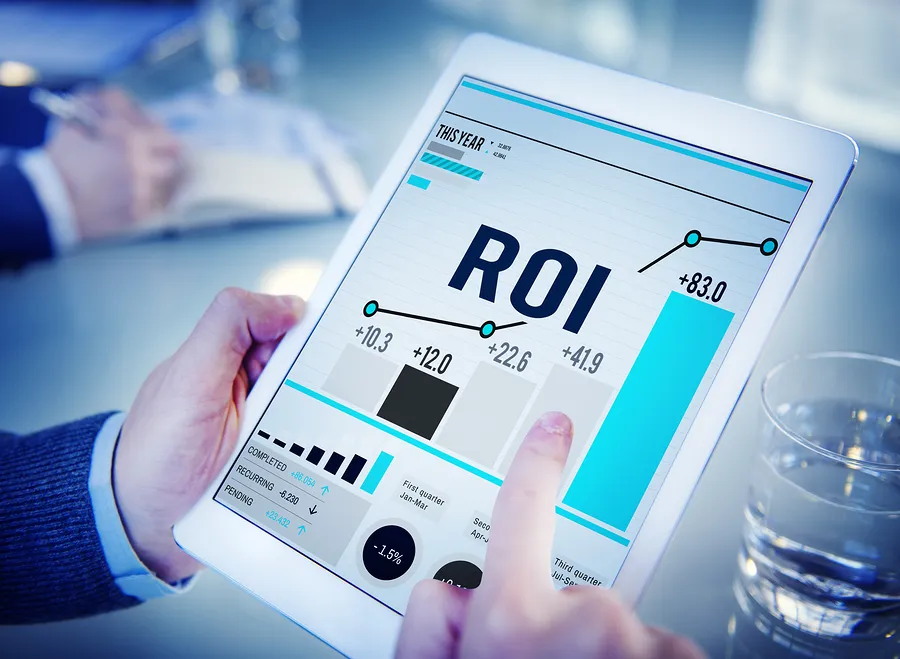Performance marketing focuses on results, making ROI measurement a central part of campaign success. Unlike traditional marketing, where outcomes are harder to track, performance marketing allows businesses to monitor every click, lead, or sale. Measuring ROI the smart way ensures budgets are allocated effectively, campaigns are optimized continuously, and every marketing dollar drives tangible results.

Define Clear Goals
Before measuring ROI, it’s essential to establish clear objectives for your campaigns. Goals provide context for what “success” looks like.
Steps to Set Goals:
-
Identify key performance indicators (KPIs) such as clicks, leads, or sales.
-
Define conversion objectives for each campaign.
-
Align marketing goals with overall business objectives.
-
Establish benchmarks based on past campaign performance.
Clear goals make ROI measurement meaningful and actionable.
Track the Right Metrics
Tracking the right metrics ensures you capture the impact of each marketing activity.
Essential Metrics in Performance Marketing:
-
Cost per acquisition (CPA) to evaluate spending efficiency.
-
Click-through rate (CTR) to measure engagement.
-
Conversion rate to track effectiveness in generating results.
-
Return on ad spend (ROAS) to determine profitability.
-
Customer lifetime value (CLV) to understand long-term impact.
Focusing on relevant metrics helps you make data-driven decisions that improve ROI.
Use Advanced Analytics Tools
Advanced analytics tools simplify ROI measurement by collecting and analyzing campaign data in real time.
Recommended Tools:
-
Google Analytics for website and conversion tracking.
-
Ad platform analytics for performance insights on Facebook, Google, or LinkedIn.
-
Marketing automation platforms to track multi-touch campaigns.
-
Attribution software to measure the contribution of each touchpoint.
The right tools make tracking precise, reliable, and actionable.
Implement Multi-Touch Attribution
Not all conversions come from a single interaction. Multi-touch attribution assigns value to every touchpoint, providing a complete view of ROI.
Attribution Models to Consider:
-
First-touch attribution to credit the initial interaction.
-
Last-touch attribution to reward the final conversion driver.
-
Linear attribution to distribute credit evenly across touchpoints.
-
Data-driven attribution to assign credit based on actual performance.
Multi-touch attribution prevents underestimating the impact of supporting channels.
Optimize Campaign Spend
Data-driven insights help you allocate budgets to the most profitable campaigns, improving overall ROI.
Spend Optimization Strategies:
-
Increase investment in high-performing campaigns or channels.
-
Reduce or pause underperforming campaigns to prevent waste.
-
Adjust bids based on real-time performance data.
-
Use predictive analytics to forecast which campaigns will deliver the best ROI.
Smart budget allocation ensures every dollar contributes to measurable results.
Test and Refine Campaigns Continuously
Continuous testing improves campaign effectiveness and maximizes ROI.
Testing Strategies:
-
A/B test ad creatives, headlines, and CTAs.
-
Experiment with audience segments and targeting criteria.
-
Test different landing pages or conversion funnels.
-
Analyze performance to implement improvements in real time.
Ongoing optimization keeps campaigns agile and aligned with goals.
Measure Long-Term Impact
ROI isn’t just immediate. Understanding the long-term value of campaigns provides a complete picture of performance marketing success.
Ways to Measure Long-Term ROI:
-
Track customer retention and repeat purchases.
-
Measure incremental revenue generated from campaigns.
-
Analyze CLV compared to acquisition costs.
-
Assess brand awareness and engagement over time.
Long-term insights help justify marketing investment and guide strategic planning.
Report Results Clearly
Clear reporting allows stakeholders to understand campaign performance and ROI.
Effective Reporting Tips:
-
Use visual dashboards to summarize key metrics.
-
Highlight trends, successes, and areas for improvement.
-
Provide actionable recommendations based on data.
-
Tailor reports to different stakeholders, focusing on metrics that matter most to them.
Transparent reporting builds trust and drives informed decision-making.
Conclusion
Measuring ROI in performance marketing the smart way requires clear goals, accurate tracking, and data-driven optimization. By using the right metrics, analytics tools, and attribution models, businesses can allocate budgets efficiently, refine campaigns, and maximize long-term impact. Smart ROI measurement transforms performance marketing from guesswork into a results-driven strategy that consistently delivers value.











